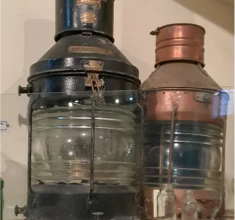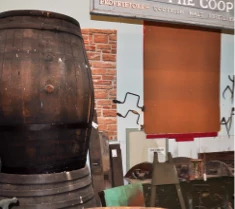Coal Mining

Mining in Kintyre
The first coal mine was built to the south of Drumlemble on the ridge by Torchoillean, and it is thought the coal was mined at this time for the Royal Castles...
The Museum
Described as one of the finest social history collections on the West Coast of Scotland.
H is for Heritage
Over 300 years of modern social history from the creation of Campbeltown to the present.
Family Archive
Research your family's history - both online and through local records and papers.
Free Entry
The Heritage Centre is supported by donations and are wonderful team of volunteers.
Relax in our cafe
Take your time exploring then settle down amongst the exhibits in our cafe.
Free WiFi
Free WiFi is available at the museum.

The first coal mine was built to the south of Drumlemble on the ridge by Torchoillean, and it is thought the coal was mined at this time for the Royal Castles...

On small farms of the 18th and 19th centuries, butter was used for milk, while cheese was made from skimmed milk. Following the development of Dunlop cheese, ...

The greatest attribute of the area and the justification for all of its success indeed for the very existence of Campbeltown is its sheltered harbour...

Commercial fishing, involving full-time fishermen, was late developing in the area and Campbeltown’s elevation to national importance as a fishing centre began around 1760...

Kintyre and its strategic port has always played a role in the defence of the realm. All along the coast, there are fortifications, dating from the early Christian era. The best example of which is probably...

Distilling was introduced to Scotland by the Irish Celts as they travelled from Ulster to Kintyre around 500 AD. Pot stills for the production of small quantities of ‘poteen’ or raw spirit, ...